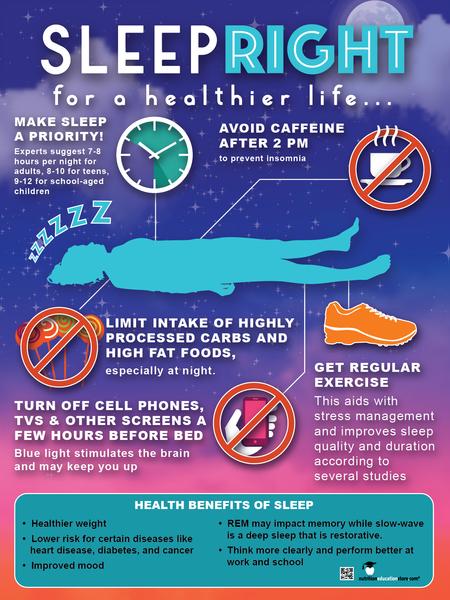Do you see your students, clients, or employees struggling in these post-pandemic days? Or perhaps you are stressed out yourself trying to get back to ‘normal.’
As healthcare professionals, we’re quick to point out how healthy eating and regular physical activity can help. We want to share all our knowledge. But for some folks, this isn’t the help they need right now.
The nurse who’s exhausted, the teacher who’s overwhelmed, the older adult who’s lonely, the teenager who’s anxious – they need our compassion, shown through messages like those depicted on our I Am… motivational poster.
Messages that emphasize that health and well-being is a journey. Every step you take counts, even those you take backwards!
The I Am… motivational poster gives gentle reminders that may resonate more with your students, clients, or employees:
- Self-care (sleeping enough, forgiving a setback)
- Healthy eating (eating mindfully when hungry, loving fruits & veggies)
- Physical activity (moving more, exercising consistently)
- Hope and positivity (not giving up)
- Intention (planning and working to success)
Don’t forget to be compassionate with yourself, too!
By Hollis Bass, MEd, RD, LD




















